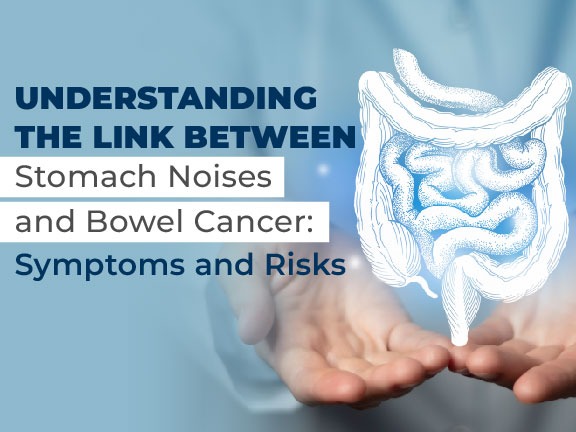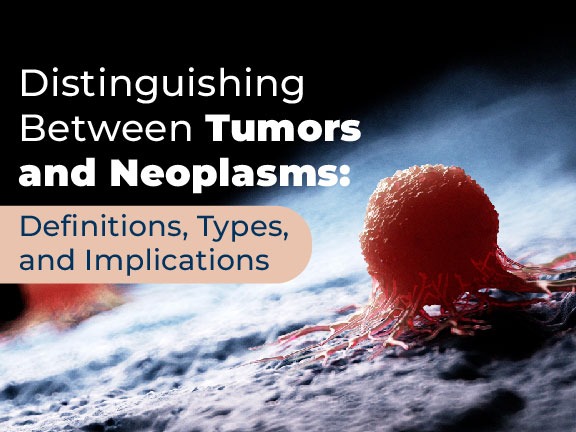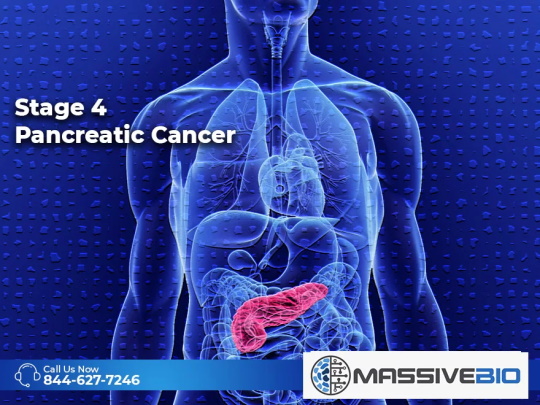Basal cell carcinoma is the most common type of skin cancer, primarily caused by long-term exposure to ultraviolet (UV) radiation from sunlight. It typically manifests as a slightly transparent bump on the sun-exposed skin, particularly on the head, neck, and arms. Unlike more aggressive forms of skin cancer, basal cell carcinoma grows slowly and rarely spreads to other parts of the body. However, if left untreated, it can become quite extensive locally, damaging the skin and underlying tissues.
Basal cell carcinoma often appears as a painless raised area of skin that may be shiny with tiny blood vessels running over it. It can also present as a flat, scaly, flesh-colored or brown patch on the back or chest. Because of its slow-growing nature, many people delay seeking medical advice, which can lead to more significant complications. Regular check-ups and protection against sun exposure are key in preventing and managing this type of skin cancer.
Basal-cell carcinoma (BCC), a type of skin cancer, progresses through several stages, with stage 4 being the most advanced. At this stage, the cancer has typically spread beyond the initial site to nearby tissues and possibly even to distant organs through metastasis. The primary tumor may be large and deeply invasive, posing significant challenges for treatment. Additionally, the risk of complications and the likelihood of recurrence are higher in stage 4 BCC compared to earlier stages. Treatment options at this stage often involve a combination of surgery, radiation therapy, chemotherapy, and targeted therapies tailored to the individual’s specific circumstances.
Basal Cell Carcinoma Treatment
Basal cell carcinoma (BCC) is the most common form of skin cancer, typically arising from the basal-cell layer of the epidermis. When diagnosed at an early stage, BCC can often be effectively treated with various treatment modalities. However, the prognosis may vary depending on factors such as tumor size, location, and pathology findings.
One of the most commonly employed treatments for basal-cell carcinoma is Mohs surgery, a precise surgical technique aimed at removing the cancerous tissue layer by layer while sparing healthy surrounding tissue. This approach ensures a high cure rate while minimizing cosmetic impact, making it particularly suitable for nodular basal-cell carcinoma and other lesions located in cosmetically sensitive areas.
In advanced cases or those where surgery is not feasible, alternative treatment options such as radiation therapy or targeted therapies may be considered. These approaches target specific molecules or pathways involved in carcinoma BCC growth, offering promising results in select cases.
The blood vessel involvement is a crucial aspect of basal-cell carcinoma progression and metastasis. Tumors with extensive blood vessel invasion may carry a poorer prognosis and require more aggressive management strategies.
In conclusion, basal-cell carcinoma presents a diverse spectrum of types and requires a tailored approach to treatment based on individual patient characteristics and disease factors.
Basal-Cell Carcinoma Symptoms
Basal-cell carcinoma symptoms encompass a range of manifestations, from subtle changes to more pronounced lesions. In its early stage, basal-cell carcinoma often presents as small, shiny, translucent bumps on the skin that may easily bleed or develop a crust. These lesions are frequently mistaken for benign growths, emphasizing the importance of regular skin examinations.
As the disease progresses, different types of basal-cell carcinoma may display distinct symptoms. For instance:
- Nodular basal cell carcinoma typically appears as a hard, red or pink nodule with a pearly or shiny surface,
- Morpheaform basal cell carcinoma can resemble a scar or an area of thickened skin and can create difficulties for diagnosis.
- Some basal-cell carcinoma lesions exhibit superficial growth patterns, spreading outwards rather than deeply into the skin.
- In contrast, others may advance to involve surrounding tissues, including cartilage and bone.
This progression is particularly common in cases of advanced basal basal-cell carcinoma, especially those affecting the nose.
Differentiating basal-cell carcinoma from other skin conditions, such as squamous cell carcinoma, is crucial for appropriate management. Despite originating in the basal cells of the skin like basal-cell carcinoma, squamous cell carcinoma displays distinct histological and clinical features, guiding treatment decisions accordingly.












